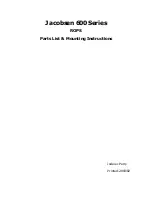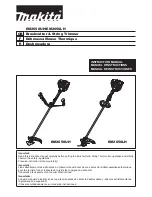
39
/
99
Figure 7-3
(1) Polarity
a. Positive pulse: Set to trigger on the positive runt pulse.
b. Negative pulse: Set to trigger on the negative runt pulse.
(2) Condition
Trigger condition
:
Irrelevance,
>
,
<
,
≤≥
.
a. Irrelevance
:
Does not set the runt pulse trigger condition.
b.
>:
It will be generated when the runt pulse width is greater than the setting pulse width, it can
set the lower limit of time.
c.
<:
It will be generated when the runt pulse width is less than the setting pulse width, it can
set the upper limit of time.
(3)
≤≥:
It will be generated when the runt pulse width is in the scope of the setting pulse width or
within a range, it can set the lower/upper limit of time
(4) The lower/upper limit of time
Compare the setting pulse width value with pulse width of channel. It will generated when trigger
condition is met, range can be set to 8ns ~ 10s.
7.7 Over-Amplitude Pulse Trigger
Trigger level of over-amplitude has a high level and a low level, when the rising edge of the input signal
crosses the high level or the falling edge crosses the low level, the oscilloscope will be triggered, as
shown in Figure 7-4. Over-amplitude pulse trigger menu can set to source, coupling mode, trigger mode,
slope (rising edge, falling edge, random edge), position (enter, exit, time), setting, trigger level, etc.
Negative runt amplitude
Positive runt amplitude
Trigger level-high level
Trigger level-low level
















































